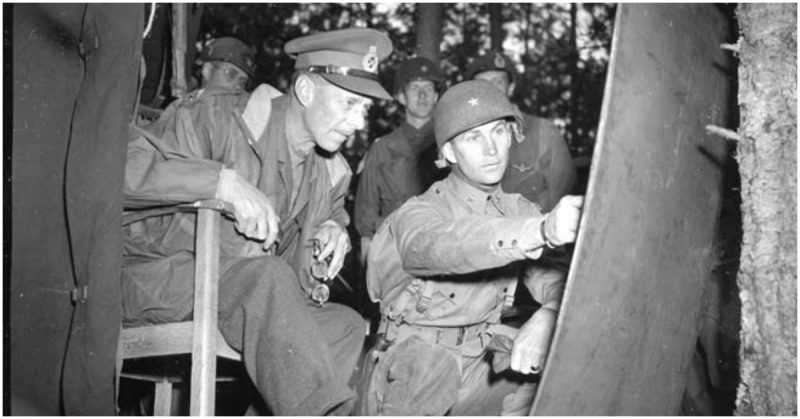James Maurice “Jumpin’ Jim” Gavin was the youngest lieutenant-general in the US Army ever, and the only general to make four combat airborne jumps in the history of the United States. Hence his nickname. Before he became a general, he spent a life of struggle with very humble beginnings. He was an orphan born in Brooklyn in 1907. Jim was adopted as a two-year-old boy by Martin and Mary Gavin from Mount Carmel, Pennsylvania in 1909.
Gavin grew up in a mining family, but he realized that life in the coal mines of Pennsylvania was not for him. He ran away from home in 1924, at the age of 17. He enlisted in the US Army as an orphan, as he required his parents’ consent being underage. He served in the U.S. Coast Artillery at Fort Sherman, Panama.
After serving for six months, Gavin was promoted to a corporal. In his free time, he read books about military tactics throughout history and dreamed about enrolling in the prestigious West Point Military Academy.
In pursuit of his dream, he applied to a local army school and became a candidate for West Point. He again lied about his age stating he was 21, instead of 18. He had little formal education and, to keep up in class, he spent the early hours of every morning reading in the bathroom where there was light.
Following four years of hard work he graduated in 1929, becoming a second lieutenant. He was stationed at Camp Harry J. Jones, Arizona, along with the 25th Infantry Regiment, one of the few units made up entirely of African American soldiers. There he became acquainted with the US Army segregation policy, against which he fought in the later years of his career.
During the pre-war years, Gavin advocated radical innovations within the US Army strategic doctrines. He was very much aware that the nature of warfare was changing. Tanks and airplanes, he believed would play a much greater role and to supply them with gasoline, along with other logistics, were the future problems of military leaders.
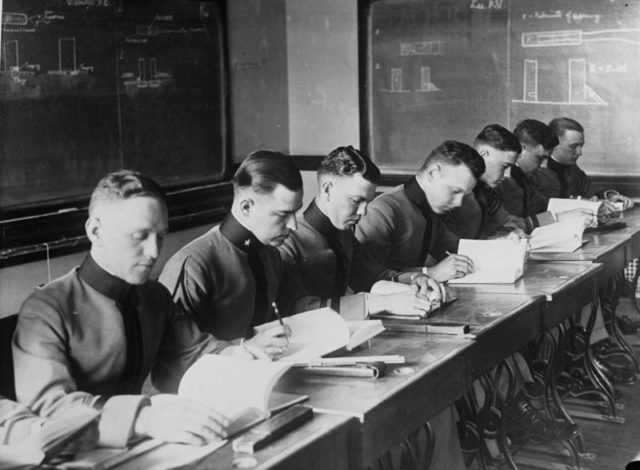
His opinions did not go unnoticed, as he was sent back to West Point just before the outbreak of WWII, to work in the Tactics Faculty there. Gavin was amazed by the storming of the Belgian Fort Eben-Emael by German paratroopers. He decided to dedicate himself to the development of US Airborne Units. In August 1941, James Gavin, now a captain, commanded the experimental unit which became the core of the airborne troops.
He was also recommended to contribute to developing tactics to be used in an airborne attack. Gavin collected his research into a book entitled FM 31-30: Tactics and Technique of Air-Borne Troops which served as a textbook for his recruits.
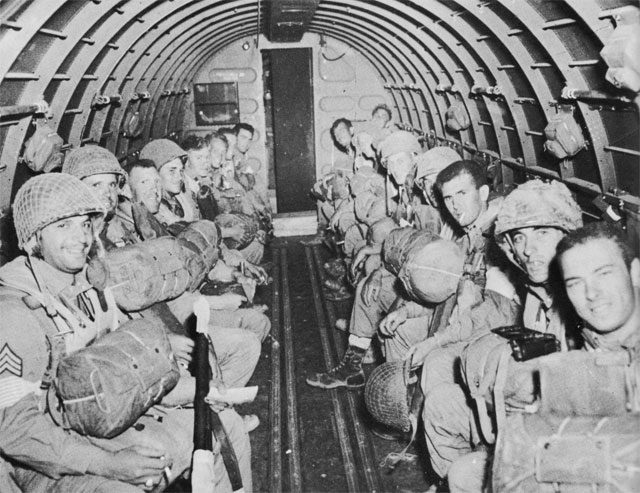
When the US entered the war, Gavin was promoted to colonel and given command over the airborne invasion of Sicily in 1943. It was his first combat operation. He implemented a high esprit du corps within his paratroopers, insisting on strong leadership and the highest commitment among his officers. They were “the first out of the airplane door and the last in the chow line,” as he used to say. He carried an M1 Garand rifle instead of the M1 carbine usually issued to officers, to demonstrate he was one of the men, as well as an officer.
On July 9, he was the first to jump out of the plane and land in Sicily together with the 505th Airborne Regiment. He had a minor injury on landing but was faced with a bigger problem. His troops were scattered all over the place, with practically none of them hitting the landing zone. Nevertheless, he gathered around him a group of twenty men and began marching towards the sound of battle, as the full-scale invasion of Sicily was under way.
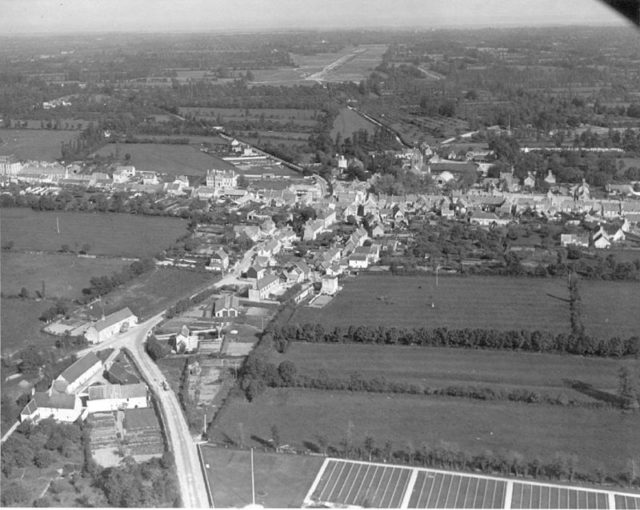
The scattered troops formed pockets of resistance, and the guerrilla tactics they had learned from Colonel Gavin were put to use, as they disrupted the enemy supply lines.
After a few days, he had stabilized his positions and held some strategically vital positions while facing numerously larger enemy forces backed by Tiger tanks. His act of valor gained him yet another promotion. James Gavin was now a brigadier general. At 36 years of age, he was the youngest general in the army of both the Allies and Axis forces.
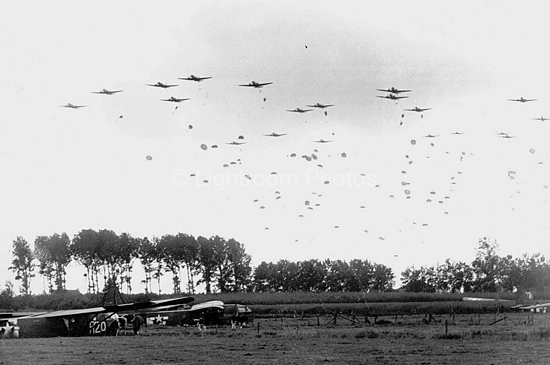
Sicily taught him some great lessons which he needed to achieve his next assignment; Normandy. Once again he jumped with his troops in the 82nd Airborne Division into the campaign.
His men were tasked with capturing the town of Saint Mere Eglise. The goal was holding the Merderet River bank. The two bridges captured along the Merderet River were crucial for a link-up of troops that operated in that vicinity. Heavy firefighting occurred, and the bridges were held, lost and then regained. Gavin commanded tirelessly over his men, holding his ground and fulfilling his orders.
Although not as planned, the elements of Gavin’s 505th Airborne Regiment broke German counter-attacks and held on long enough to be relieved by the infantry.
The next large-scale operation in which Gavin took place, this time as head of the 82nd Division, was Market Garden in 1944. Although the operation itself was a failure, Gavin once again distinguished himself particularly during the battle of the Nijmegen bridge on the Waal river.
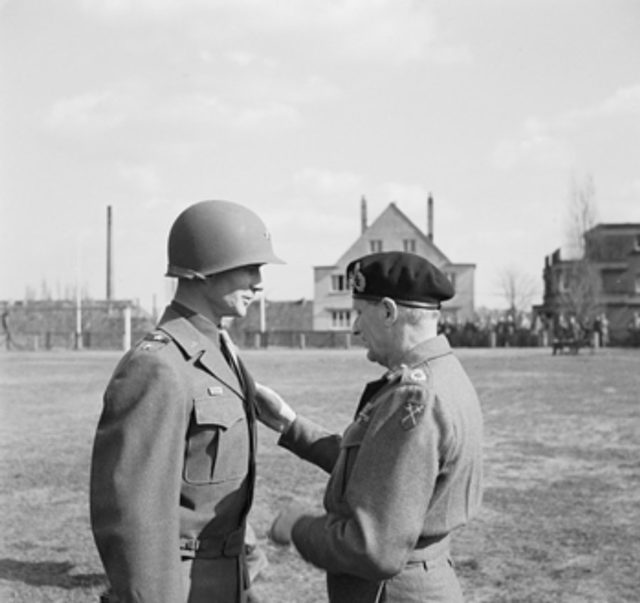
After the war he continued to write about military tactics, always thinking outside the box. Gavin took a decisive stand on integrating African-Americans within the US Army and formed the all-black 555th Parachute Infantry Battalion. He was considered to be the most “colorblind” man in the US military.
Gavin ended the war as a major general. He then served as a US ambassador to France during the JFK term. He was the leading figure in developing the so-called Pentomic Division, in which vehicles were adjusted to be dropped by airplane, just like paratroopers. He also pioneered some of the helicopter tactics that were implemented in the Vietnam War.
General James Gavin received 20 medals altogether, including two from the French Government, one from the Belgians, and one from the Government of the Netherlands. He died on February 23, 1990, after leading an incredible and courageous life.
